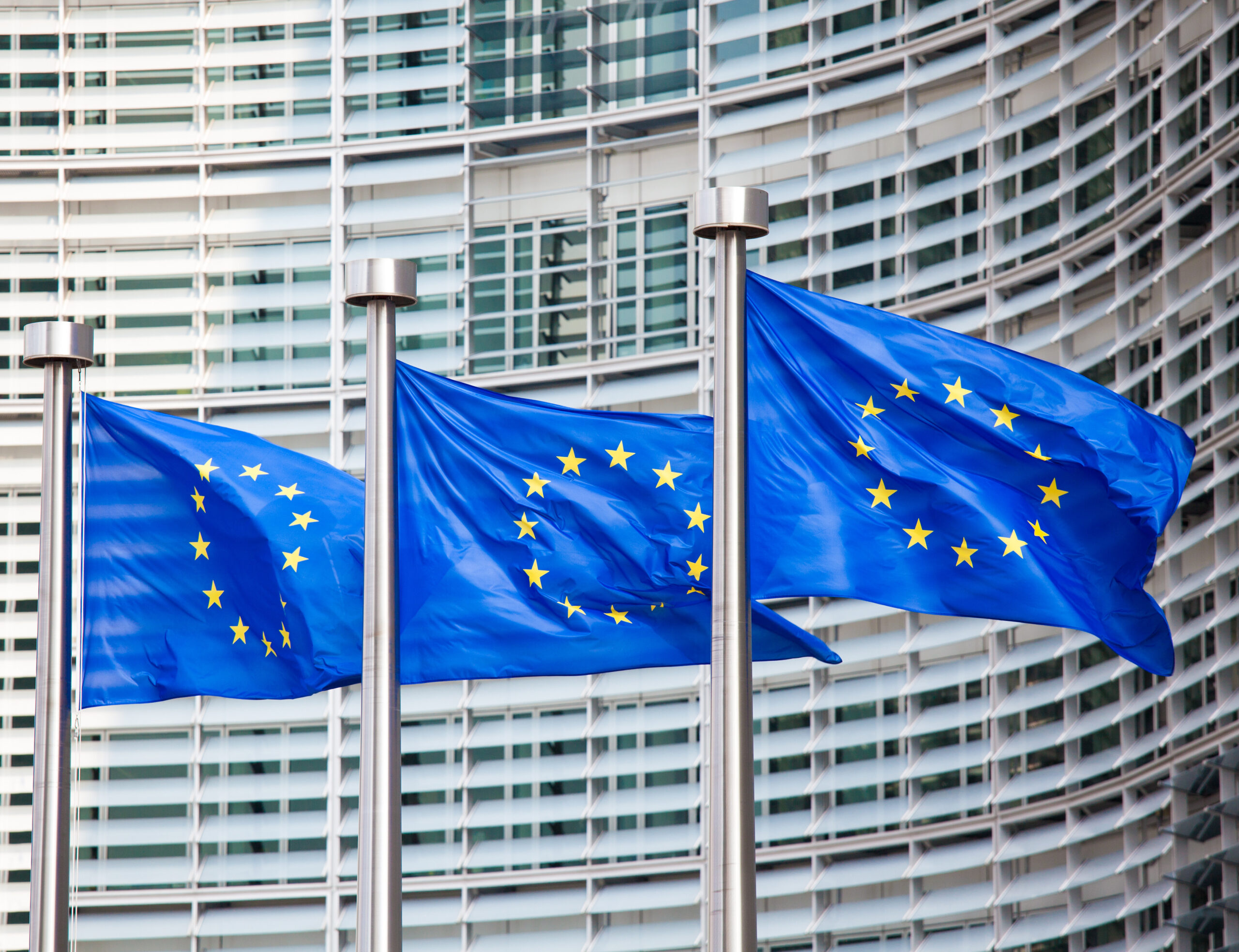On March 26, 2025, the EU Commission issued an advisory for citizens to stockpile supplies (72 hour minimum) due to escalating security threats and growing uncertainty. What major implications does this telegraph to multinational corporations (MNCs), particularly regarding supply chains. What are the key considerations that should be top of mind for any risk mitigation professional?
Supply Chain Disruptions
MNCs may face shortages and price fluctuations for essential goods. If threats escalate, logistics bottlenecks could disrupt production and distribution.
Business Continuity Planning
Companies must reassess contingency strategies, including stockpiling critical materials, which raise costs and storage needs.
Employee Safety & Workforce Availability
Remote work and adjusted schedules may be necessary. Workforce anxiety could impact productivity, requiring strong corporate communication.
Market and Consumer Shifts
Demand may surge for emergency goods, benefiting essential industries, while luxury markets may decline.
Security and Insurance Costs
Firms may need stronger security measures, and geopolitical risks could drive up insurance premiums.
Regulatory Compliance
New mandates may require stockpiling essential goods or enforcing workplace safety measures, increasing operational complexity.
Investor and Market Confidence
Geopolitical instability could cause market volatility, requiring MNCs to enhance risk mitigation strategies like supply chain diversification.
Energy and Infrastructure Risks
Energy disruptions could affect manufacturing and logistics, pushing companies toward alternative energy solutions.
The Biggest Risk: Supply Chain Disruptions
Supply chain instability has the broadest impact, affecting revenue, costs, and overall business continuity.
- JIT Inventory Vulnerability – Just-in-time (JIT) systems minimize stored inventory, making even brief disruptions costly.
- Energy and Raw Material Shortages – Supply shocks could severely impact manufacturing and logistics.
- Ripple Effect Across Industries – Shortages in food, fuel, or semiconductors can disrupt multiple industries.
- Consumer Behavior Shifts – Panic buying can cause unpredictable demand spikes.
- Regulatory Burdens – Governments may enforce stockpiling or supply route changes.
As an example, how could this play out on Electronic Manufacturing Services (EMS)
EMS firms, reliant on global supply chains and JIT production, are highly vulnerable.
Key Challenges:
- Component Shortages – Semiconductor and PCB supply chain issues could delay production and raise costs.
- Longer Lead Times & Costs – Stockpiling can create artificial shortages, making sourcing difficult.
- Energy Cost Surge – High energy reliance makes EMS firms vulnerable to supply constraints.
- Logistics Disruptions – Delays in material imports and rising freight costs could hinder production.
- Client Demand Fluctuations – Automotive and consumer electronics may slow, while defense and medical electronics could rise.
- Regulatory Pressures – Governments may impose emergency production requirements, increasing compliance costs.
What should EMS firms be thinking about strategically?
✅ Diversify Suppliers – Reduce reliance on a single region.
✅ Increase Buffer Inventory – Stockpile key components.
✅ Enhance Supplier Collaboration – Secure priority access to materials.
✅ Strengthen Regional Manufacturing – Shift production closer to key markets.
✅ Invest in Energy Efficiency – Reduce reliance on volatile energy supplies.
Conclusion
Supply chain disruptions pose the greatest risk for MNCs, especially EMS firms. Companies must proactively adopt dual sourcing, strategic stockpiling, and supply chain digitization to ensure resilience in an uncertain geopolitical climate.
As a risk mitigation professional:
- What conversations are you driving with senior leadership?
- Is the dialogue cross-functional; who are you including and why?
- Is your risk matrix methodology nimble enough to pivot focus and resources?
- Are you listening to those closest to the friction to appropriately align your risk profile?



